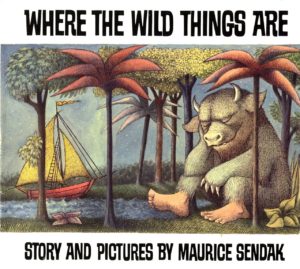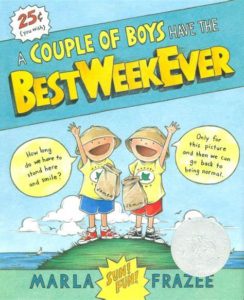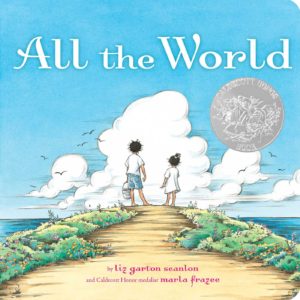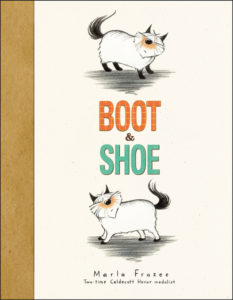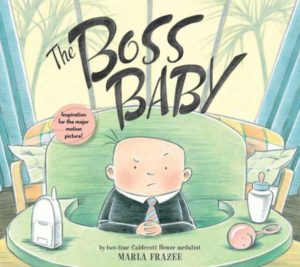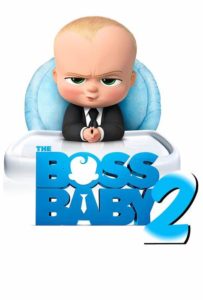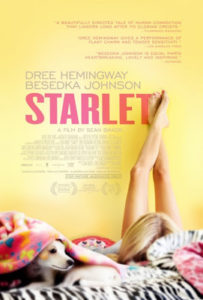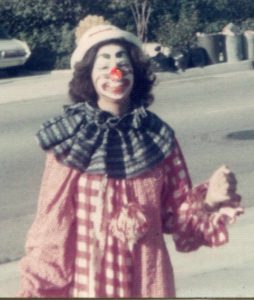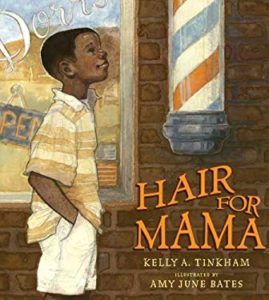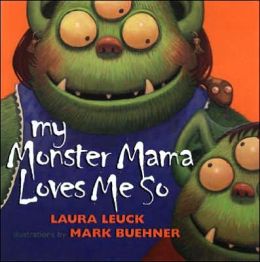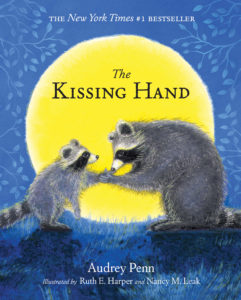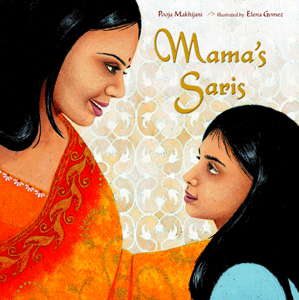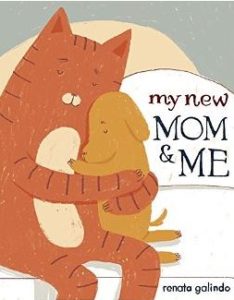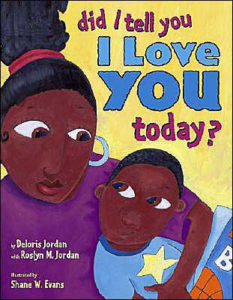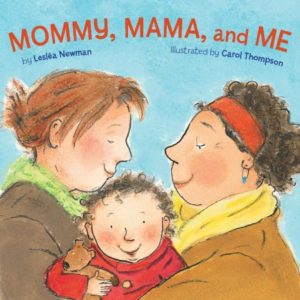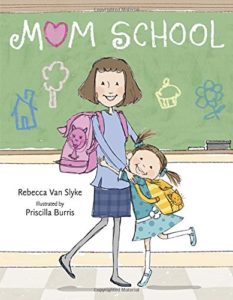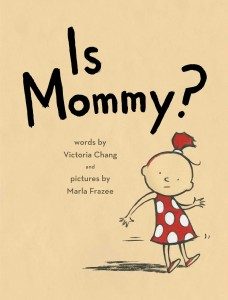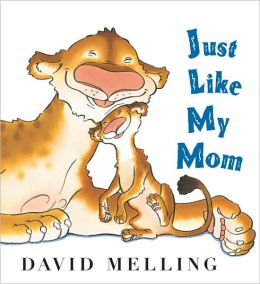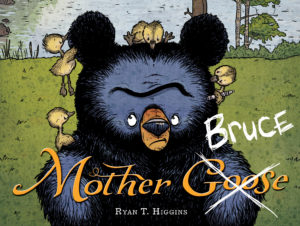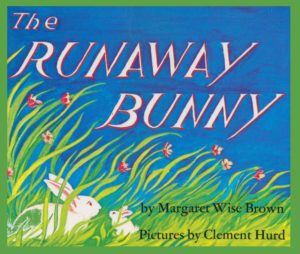This next edition of an OPB “Bonus Monday” post is a list of picture books about the circus. And since I’m on a sabbatical, I’ve enlisted one of my kiddos to handle this post for me. Thanks for that, Valerie!
My dad asked me to answer this question. Why focus on the circus?
Here are three of many possible answers.
- It’s #83 on Tara Lazar’s list of 500+ Things Kids Love.
- OPB’s worldwide headquarters is in Sarasota, Florida (which has a noteworthy circus tradition thanks to one of our most famous residents being John Ringling, or Ringling Bros. and Barnum & Bailey Circus fame).
- Circuses are just plain fun.
So, without further ado, let’s hit the big top!
The Acrobat by Alborozo (August 2013)
From Goodreads: “This is the story of an acrobat who leaves the circus in search of a new audience. He tries with all his best tricks to attract the attention of passers by, but no one is interested. Just when he’s about to give up all hope, something extraordinary happens to change his luck. Written and illustrated by a fresh new talent, this gentle and humorous story will appeal to everyone who loves a clown.”
Pages: 32
Reading Age: 3–8
Circus Caps for Sale by Esphyr Slobodkina (May 2004)
From Goodreads: “Pezzo, the hardworking peddler, is still selling caps in this delightful sequel to the beloved caps for sale. But what is that amusing performing elephant up to? And where have all Pezzo’s caps gone? Will Pezzo get them back? Esphyr Slobodkina’s classic artwork and timeless story are as endearing as ever in this new paperback edition.”
Pages: 48
Reading Age: 4–8
Circus Family Dog by Andrew Clements, illustrated by Sue Truesdell (April 2000)
From Goodreads: “Grumps is a circus dog who loves to make people laugh–all he has to do is lie down on the ground with his feet in the air and the crowds cheer and roar. But one day a new dog named Sparks joins the circus. Sparks can jump through hoops, balance a ball on his nose, and even ride on the back of a running zebra. How can an old dog with one simple trick compete with the likes of Sparks? Sue Truesdell’s exuberant illustrations capture all the excitement of circus life in this heartwarming story about friendship, family, and the universal need for acceptance.”
Pages: 32
Reading Age: 4–7
Circus in the Sky by Nancy Guettier (December 2013)
From Goodreads: “Circus in the Sky is a gorgeously illustrated tale of a little boy who believes he is the ringmaster of the night sky. Poetic and magical, it will inspire parents and kids to want to learn more of the universe and its wonders.”
Pages: 36
Reading Age: 5–6
The Circus Ship by Chris Van Dusen (September 2009)
From Goodreads: “When a circus ship runs aground off the coast of Maine, the poor animals are left on their own to swim the chilly waters. Staggering onto a nearby island, they soon win over the wary townspeople with their kind, courageous ways. So well do the critters blend in that when the greedy circus owner returns to claim them, villagers of all species conspire to outsmart the bloated blowhard. With buoyant rhymes and brilliantly caricatured illustrations evoking the early nineteenth century, Chris Van Dusen presents a hugely entertaining tale about the bonds of community — and a rare hidden-pictures spread for eagle-eyed readers of all ages.”
Pages: 40
Reading Age: 2–5
Circus Train by Jennifer Cole Judd, illustrated by Melanie Matthews (March 2015)
From Goodreads: “Spotlights glow—let’s start the show! As the circus train rolls into town, excited children and their parents get in line for their chance to experience the Big Top. Clowns paint faces and people scurry to their seats. Then the show begins, wrapping readers in all the wonders of the circus. Dancing elephants, flipping trapeze artists, and pie-throwing clowns captivate both young and old. Jennifer Cole Judd’s text is a treat for the ears with its simple, evocative rhymes, while Melanie Matthews’s delightful illustrations capture the fun and spectacle of the circus. Readers will be cheering, Encore! Encore!”
Pages: 24
Reading Age: 2–6
Clifford at the Circus by Norman Bridwell (January 1985)
From Goodreads: “The circus is in town, and everything is going wrong! Emily Elizabeth and Clifford offer to help. But after taming the lions, walking the tightrope and filling in for an elephant, Clifford no longer needs to save the circus—he needs to rescue Emily Elizabeth! See how they join the circus acts and work together to save the show—and the day!
Meet Clifford and Emily Elizabeth. Clifford is big. Clifford is red. But most of all, Clifford knows how to be a good friend! Like other dogs, Clifford sometimes chases cars; unlike other dogs, Clifford catches them. Like other dogs, Clifford digs in the garden; but while other dogs may dig up a few flowers, Clifford can dig up a whole tree. Also like other dogs, Clifford chases cats—big cats, like lions! When Clifford messes up, he messes up big time!”
Pages: 32
Reading Age: 3–7
Dad Runs Away with the Circus by Etgar Keret, illustrated by Rutu Modan (August 2004)
From Goodreads: “Dad demonstrates that it’s never too late to shine in the spotlight in this quirky book about following your dreams.
“The circus is in town!” Dad roared.
“And we’re all going to see it!”
Audrey and Zach are still half-asleep — and can’t help stifling yawns — when Dad bursts in with his announcement. Dad is so excited, he starts practicing daring stunts before they even leave for the show. Under the big top, Dad’s enthusiasm is downright embarrassing, and Audrey and Zach suspect it has something to do with the generation gap. But even they could never guess just how carried away their dad is going to get! With striking graphic artwork by one of Israel’s top illustrators and comic-book artists — splendidly showcased in a double gatefold spread — an acclaimed Israeli author brings his talents to the world of picture books for the first time.”
Pages: 40
Reading Age: 5 & up
The Farmer and the Clown by Marla Frazee (September 2014)
From Goodreads: “Whimsical and touching images tell the story of an unexpected friendship and the revelations it inspires in this moving, wordless picture book from two-time Caldecott Honor medalist Marla Frazee.
A baby clown is separated from his family when he accidentally bounces off their circus train and lands in a lonely farmer’s vast, empty field. The farmer reluctantly rescues the little clown, and over the course of one day together, the two of them make some surprising discoveries about themselves—and about life!
Sweet, funny, and moving, this wordless picture book from a master of the form and the creator of The Boss Baby speaks volumes and will delight story lovers of all ages.”
Pages: 32
Reading Age: 2–6
If I Ran the Circus by Dr. Seuss (January 1986)
From Goodreads: “Step right up for Dr. Seuss’s classic rhyming picture-book tale of young Morris McGurk’s big circus dreams. This circus has more than a mere lion tamer and trapeze artist! At the Circus McGurkus, you’ll be intrigued by the wink-hooded Hoodwink, terrified by the Spotted Atrocious, and amazed by the daring feats of the great Sneelock. And these are just a few of the astonishing things you’ll find under this big top. Told with the humor and originality that are synonymous with Dr. Seuss, If I Ran the Circus is a crowd-pleasing showstopper!”
Pages: 72
Reading Age: 1–4
Last Night I Dreamed a Circus by Maya Gottfried, illustrated by Robert Rahway Zakanitch (January 2003)
From Goodreads: “Many children dream of going to the circus, but our narrator dreams herself right into the act. She is the graceful horseback rider and the clown. The daring trapeze artist and the dancing dog. The contortionist and the roaring lion.
These stars of the circus are depicted in splendid, dramatic portraits by noted watercolorist Robert Rahway Zakanitch. Each vividly colored performer is set against a black background that invokes both a life in the spotlight and the focused landscape of dreams. Poetic and spare, the text invites readers to extend the story in their own imaginations–in their own circus dreams.”
Pages: 32
Reading Age: 3–6
Little Pearl’s Circus World by Charmain Zimmerman Brackett (November 2014)
From Goodreads: “Little Pearl started performing with her father’s circus when she was 4 years-old. Join Pearl for a day in her world.”
Pages: 28
Reading Age: 3–6
Lola the Lollipop Fairy by Tim Bugbird, illustrated by Lara Ede (February 2022)
From Goodreads: “Lola the Lollipop Fairy is an amazing circus performer! The lollipop fairies have a good time performing for their fellow fairies and their show has always been very popular. But disaster looms for Lola’s circus when a rival entertainment park comes to town and threatens the fairies’ future. Find out what happens as Lola works hard to create a dazzling show that will amaze their audience and make their circus popular again.”
Pages: 32
Reading Age: 3–6
Olivia Saves the Circus by Ian Falconer (October 2001)
From Goodreads: “Step into the ring with Olivia, where the lights are dim, the color soft, and a little girl’s imagination is the main attraction.
Olivia remembers her trip to the circus very well. The performers were out sick, so she had to do everything. She…
-rode on a unicycle
‑jumped on a trampoline
‑juggled five balls!
‑tamed lions
‑and flew through the air.”
Pages: 44
Reading Age: 2–5
Sandy’s Circus by Tanya Lee Stone, illustrated by Boris Kulikov (September 2008)
From Goodreads: “As a boy, Alexander (Sandy) Calder was always fiddling with odds and ends, making objects for friends. When he got older and became an artist, his fiddling led him to create wire sculptures. One day, Sandy made a lion. Next came a lion cage. Before he knew it, he had an entire circus and was traveling between Paris and New York performing a brand-new kind of art for amazed audiences. This is the story of Sandy?s Circus, as told by Tanya Lee Stone with Boris Kulikov?s spectacular and innovative illustrations. Calder?s original circus is on permanent display at the Whitney Museum in New York City.”
Pages: 40
Reading Age: 6–8
The Secret Circus by Johanna Wright (March 2009)
From Goodreads: “THE GREATEST little show ON EARTH
The secrets of Paris revealed from the ground up.
Beneath the sparkling lights of Paris is a circus so secret that only the mice know how to find it. Floating by balloon across a Parisian cityscape they travel to the grand performance, where tiny acrobats form mouse pyramids and giant housecats are tamed. Wright’s simple expressive lines over glowing textures make this a captivating and adorable book debut, not to mention one great show.”
Pages: 32
Reading Age: 2–6
Sidewalk Circus by Paul Fleischman, illustrated by Kevin Hawkes (May 2007)
From Goodreads: “Ladies and gentlemen, boys and girls! Step right up and witness an astounding assemblage of tightrope walkers, strong men, sword swallowers, and clowns. The Garibaldi Circus is coming soon, but for those with clear eyes, the performers may already be in the ring. So get ready to sharpen your vision and look very closely — a show like you’ve never seen is about to begin! The creators of WESLANDIA are back in the spotlight with a spectacular, wordless picture book that shows the transformative power of imagination.”
Pages: 32
Reading Age: 5–9
Skippyjon Jones: Cirque de Olé by Judy Schachner (October 2012)
From Goodreads: “In his newest adventure, the irresistible Skippyjon Jones swings out of his closet and into the spectacular Cirque de Olé, where his pals, the Chimichango gang, perform feats of derring-do. There are many acts to see, but only Skippito the Strong can perform the trickiest stunt of all. Judy Schachner’s vivacious art and riotous text make for mucho read-aloud fun.
Come one, come all–with Skippyjon Jones as the circus star, the Greatest Show on Earth just got even better!”
Pages: 32
Reading Age: 3–6
Your First Day of Circus School by Tara Lazar, illustrated by Melissa Crowton (May 2022)
From Goodreads: “Ladies and gentlemen, boys and girls of all ages! It’s the most amazing day on earth: the first day of school! It can be a daunting prospect, but don’t worry — your big brother can show you the ropes. Join a nervous boy and his enthusiastic older brother as they navigate the highs and lows of a first day at school … except this school is a big top, and the teacher is named Miss Stupendous, and the cafeteria can be a zoo, literally! It turns out, school isn’t so scary when you can let off steam during recess (on a steam train) and walk on stilts to all of your classes. With a bit of help from family and some new friends, you’ll make it to the top of the class in no time! This charming take on school readiness will delight new school-goers and take a bit of the fear out of those first-day jitters.”
Pages: 32
Reading Age: 3–7

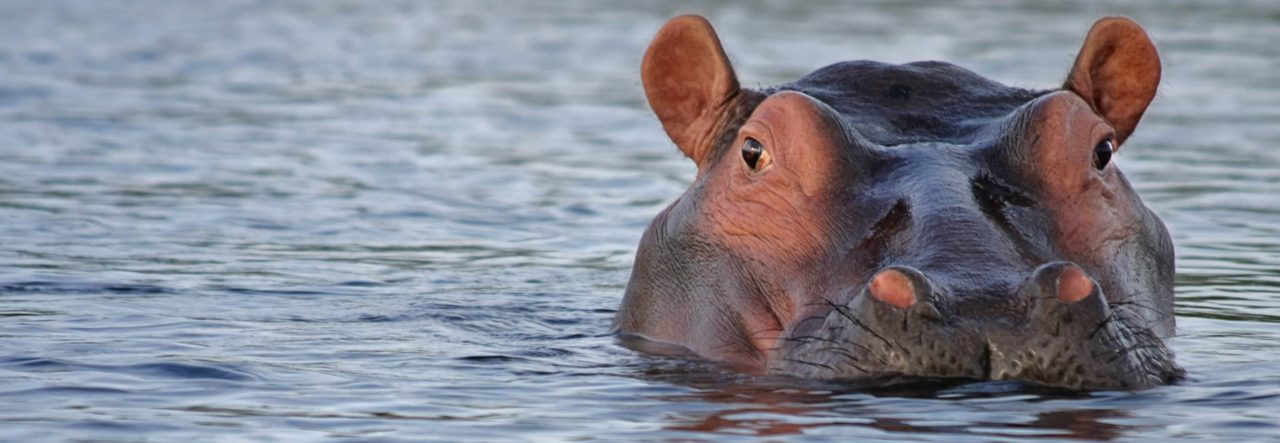
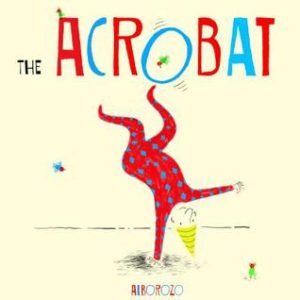
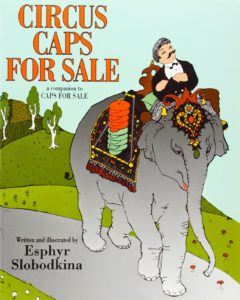
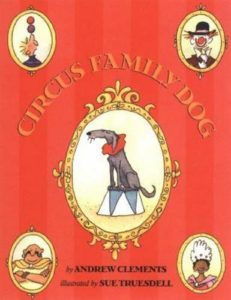
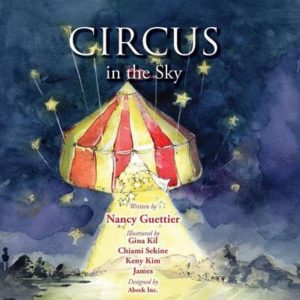
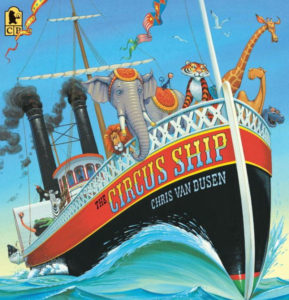
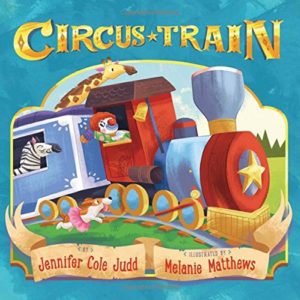
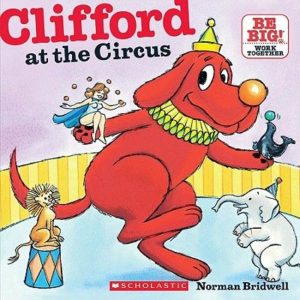
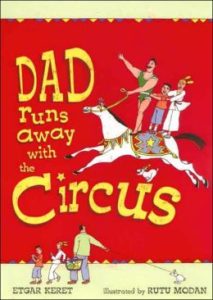
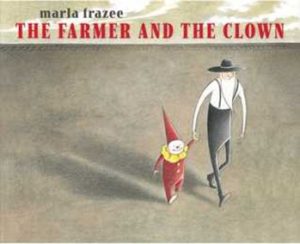
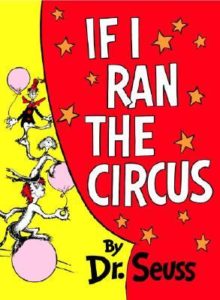
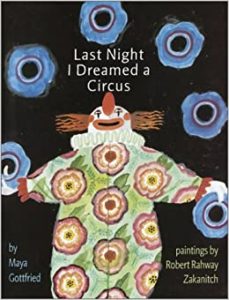
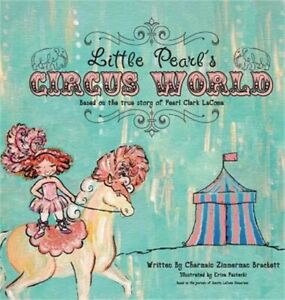
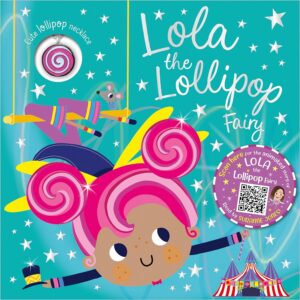
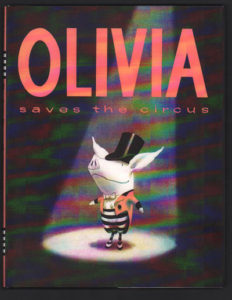
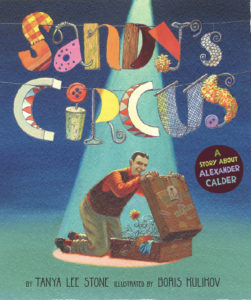
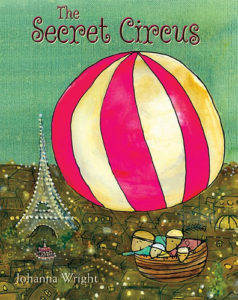
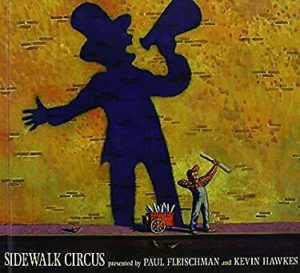
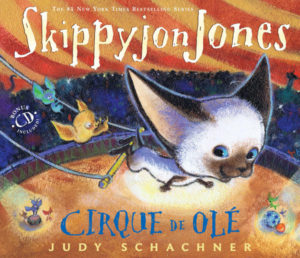
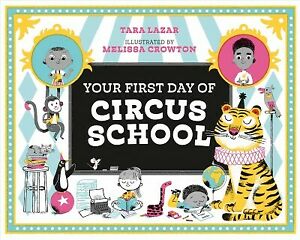
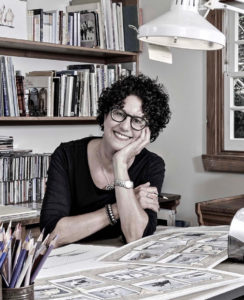 It’s always a treat when we get a picture book author who illustrates as well, and that’s exactly what we have with our January interview with Marla Frazee. (Witness two Caldecott Honors for her fine illustration work!) She was born and raised in
It’s always a treat when we get a picture book author who illustrates as well, and that’s exactly what we have with our January interview with Marla Frazee. (Witness two Caldecott Honors for her fine illustration work!) She was born and raised in 